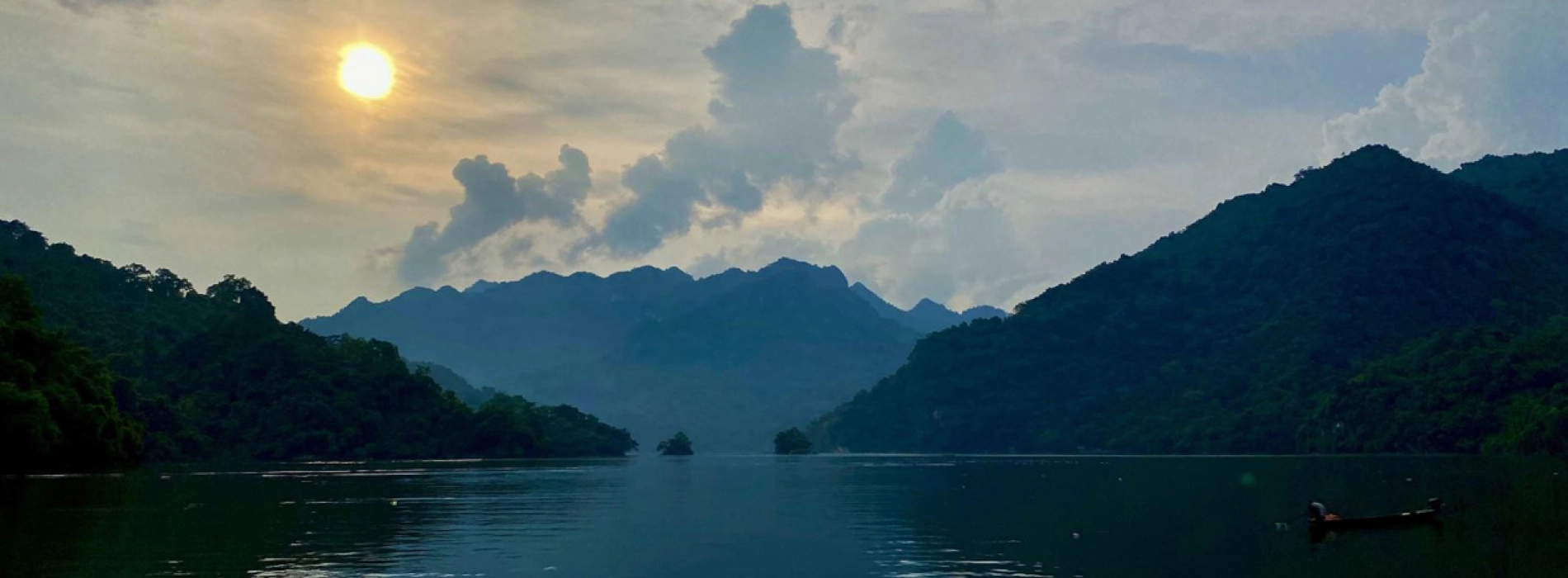Monywa

The northwestern city of Monywa is on the eastern bank of the Chindwin River, with about 300,000 inhabitants, mostly Burmese. This uncrowded city is located 136km (100 miles) northwest of Mandalay and probably founded during the Bagan period. Monywa is a thriving business city whose economy relies on agricultural products and industrialized foodstuffs. It has a strategic commercial position as it is the gateway to the western shores of Chindwin and Irrawaddy, and it is also access to India via the Chin Hills.
On the tourist side, Monywa is still little known to travelers. It is rather a city-step between Mandalay and Bagan, a stopover in this pretty city will then allow you to visit the magnificent sites:
Thanboddhay Temple:
Thanboddhay is a great place that has been linked to the Indonesian Borobudur Temple. Monyin Sayadaw built this magnificent temple in 1939 without taking any technical advice; the architecture of the magnificent temple and its bright colors attract many visitors' interests. The temple precinct is guarded by two white elephants, a deviation from the usual Leography as in many Buddhist sanctuaries. The temple is surmounted by a central stupa which is surrounded by a forest of small stupas posed on multi-level terraces in the form of multilayered kingdoms. There are many different Buddha images. row upon row in ascending tiers in niches along the walls: the total number is 582. 257. an amazing figure!
Boddhi Tataung:
A large area where some great monuments stood, Boddhi Tataung is about 4km east of Thanboddhay, where the 90m reclining Buddha image and standing 132m Buddha image perched atop Po Hill Kaung, overlooking the panoramic view of the Chindwin Valley and a good place to watch the sunset. The nearby stupa Aung Setkya rises 130m, and the Toddy tree trunks accumulation offers some beautiful views of the gigantic monuments in the west and small buddhas beneath the more than 9000 Bodhi trees and still in counting at 10,000.
Ledi Kyaung:
This monastery (Kyaung in Burmese) is dated 1886 and founded by the famous Pali Scholar Ledi Sayadaw to house 806 stone slabs inscribed to record the comments of the Buddha.
Village of Kyaukkar:
The village of Kyaukkar actually lies 16 kilometers (10 miles) east of Monywa, on a dome-shaped tree path that leads to Shwebo, where the third Burmese empire begins in the 18th century. Although many tourists have looked for Bagan's trendy lacquer, Kyaukkar is the best place to chase more typical Burmese style lacquers, which is more convenient for everyday use. The revered Shweguni temple, which housed the image of Buddha in the 14th century, have the Buddha's eyes were strongly gilded. Normally, Kyaukkar is excluded from the itinerary, except on request.
Cave of Po Win Daung:
The Po Win Daung Cave is located 25km west of Monywa, on the west bank of the Chindwin River and accessible either by the direct route to the new Monywa Bridge or by the more enjoyable ferry crossing to the other side from the Chindwin River and then take a local jeep. The latter best option is to see the busy and busy ferry port of Nyaungbin village and an interesting local market, which should be visited in the morning. Then, the road crosses remote villages and the huge copper mine. Then you will drive through a dry forest. Po Win Daung is a sprawling place, and the trails will lead you to many sandstone caves where the images inside were carved from living rock and the walls and ceilings were covered with bright murals of 3D geometric patterns, as well as those of ancient Buddhist stories (Jatakas). Most of the artifacts found here are dated to the period between 14th and 18th centuries, but no one knows for sure about its history. Po Win Daung is a beautiful place to see!